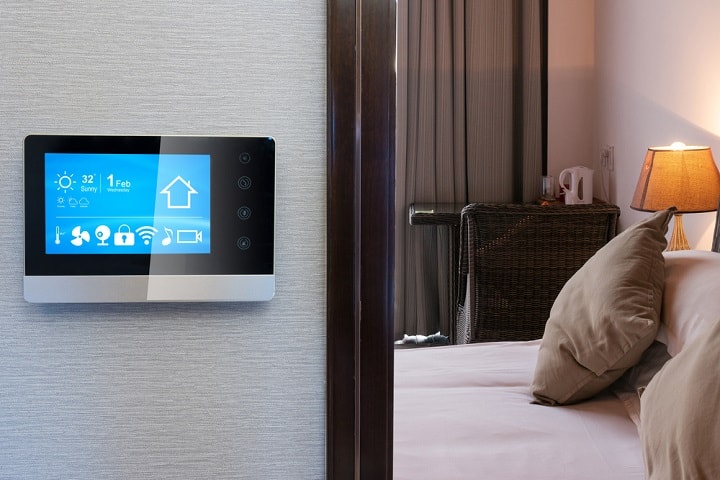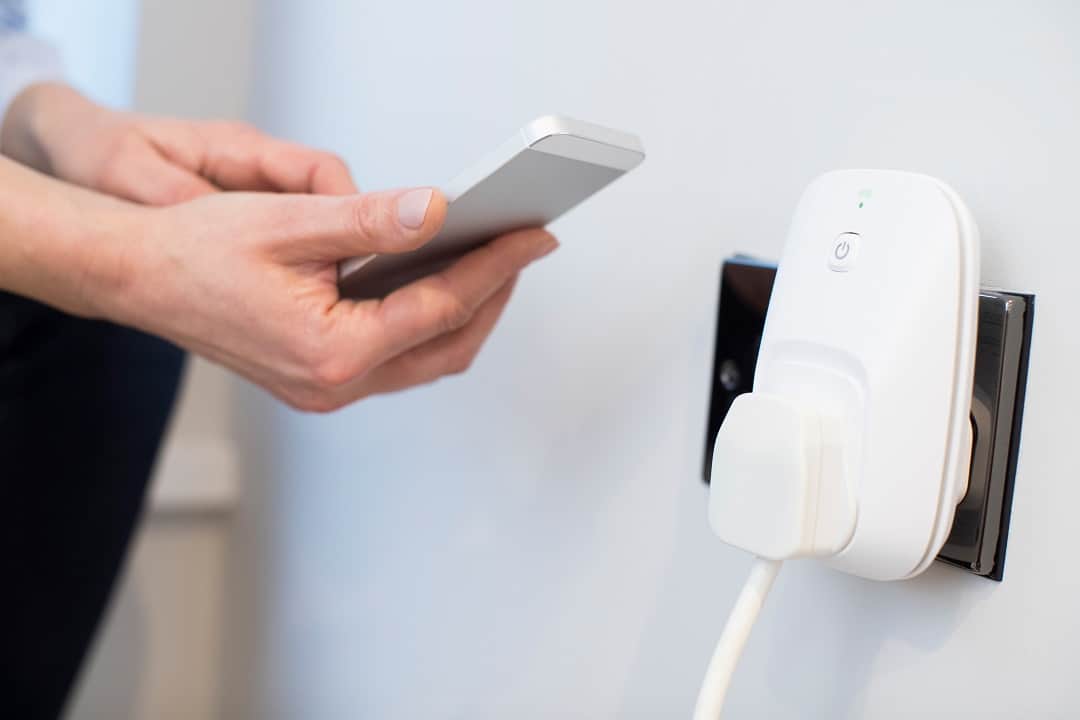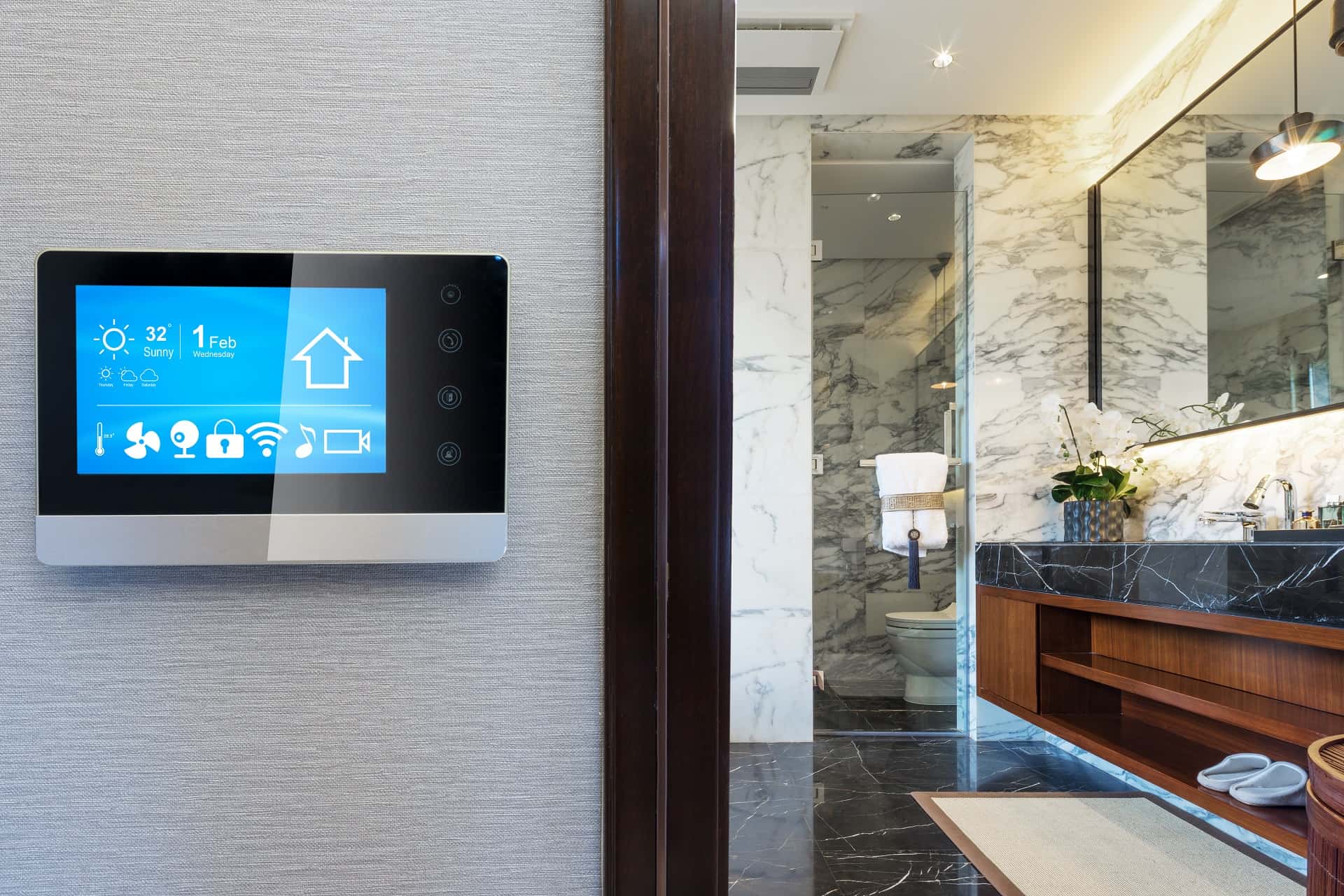With the rapid advancements in technology, smart home hubs have become an essential tool for homeowners looking to automate their living spaces. But with so many options available, how do you choose the right smart home hub for your needs? In this blog post, we will guide you through the process of selecting the perfect hub to fit your lifestyle. From compatibility with various devices to ease of use and advanced features, we’ve got you covered.
What is a Smart Home Hub?
The second most important part of having a smart home is knowing which hub you want to use. There are multiple mainstream smart home hubs these days, but the big names are Amazon Alexa, Google Home, and Apple Homekit.
A smart home hub is a device that connects and controls various smart devices in your home. It acts as a communication hub, allowing you to manage and automate different aspects of your smart home. With a smart home hub, you can control devices such as lights, thermostats, security systems, and even appliances, all from one place. It enables you to create routines and schedules, customize settings, and integrate different smart devices from various manufacturers. Additionally, a smart home hub often supports voice assistants like Alexa or Google Assistant, allowing you to control your devices using voice commands.
Factors to Consider when Choosing a Smart Home Hub
When selecting a smart home hub, there are several factors you should consider to ensure you make the right choice for your needs:
1. Compatibility: Check if the hub supports the smart devices you already own or plan to purchase in the future. Look for compatibility with popular brands and protocols. Also consider which voice assistants ( if any ) you prefer to use.
2. Ease of Use: Consider the user interface and how easy it is to set up and navigate the hub. Look for hubs with intuitive apps or voice control options.
3. Integration: Determine if the hub can integrate with other smart systems or platforms, such as voice assistants (like Amazon Alexa or Google Assistant), home security systems, or energy management systems.
4. Scalability: Think about your future needs and whether the hub can accommodate additional devices as your smart home expands.
5. Price: Set a budget and compare the pricing of different hubs. Keep in mind that more advanced features and compatibility may come at a higher cost.
6. Reviews: Take a look at other users’s reviews and feedback of the different smart home hubs before you make a final selection. There are a wide range of different hubs available with different features and ease of use.
By considering these factors, you can choose a smart home hub that best suits your requirements, enhances your smart home experience, and brings convenience and efficiency to your daily life.
How to Pick a Smart Home Hub
If you already are part of the Alexa, Google, or Apple ecosystem then it makes sense to stick with their solution for a smart home hub. If you are on the fence for which smart home hub to go with, here are a couple of easy questions that can help you decide which to go with:
- Do you have an Apple phone and Apple devices? You would probably prefer an Apple smart home hub.
- Do you have an Android phone or devices? You would probably prefer an Alexa or Google smart home hub.
- Would you prefer to keep your personal information more private? You would probably prefer an Apple smart home hub, or DIY with Home Assistant
- Would you prefer to not have invasive ads on your smart home hub? You would probably prefer a Google or Apple hub.
FAQ
Why do I need a smart home hub?
A smart home hub is an essential device that acts as the central control system for all your smart home devices. It brings all your smart devices together, allowing them to communicate and work seamlessly with each other. With a smart home hub, you can control and manage your smart lights, thermostats, security cameras, door locks, and more, all from a single app or voice command. It simplifies the management of your smart home by providing a unified interface and eliminates the need to juggle multiple apps or remotes. Additionally, a smart home hub can also enable advanced automation features, such as creating schedules and routines, and integrating your devices with other smart services like voice assistants. Overall, a smart home hub is a must-have for anyone looking to create a fully connected and convenient smart home experience.
Can I connect devices from different brands to a smart home hub?
Yes, you can connect devices from different brands to a smart home hub. Most smart home hubs are designed to be compatible with various brands and types of smart devices, allowing you to create a unified and interconnected smart home system. However, it’s important to check the compatibility list or specifications of the specific smart home hub you are considering to ensure that it supports the devices you already have or plan to purchase. Some hubs may have limitations or restrictions on certain brands or types of devices, so it’s always a good idea to do your research beforehand. Additionally, keep in mind that while most hubs support popular brands, there is always a chance that some lesser-known or niche brands may not be fully compatible.
What features should I look for in a smart home hub?
When choosing a smart home hub, there are several key features to consider. Compatibility is crucial, look for a hub that works with a wide range of smart devices, ensuring that you can seamlessly integrate all your devices into one central system. Another important feature to look for is connectivity options. Make sure the hub supports both Wi-Fi and Bluetooth, as this will give you flexibility when connecting different devices. Additionally, consider the hub’s automation capabilities. Look for a hub that allows you to create customized routines and schedules, so you can automate tasks and make your home smarter. Finally, don’t forget about voice control. Opt for a hub that supports popular voice assistants like Amazon Alexa or Google Assistant, allowing you to control your smart home using simple voice commands.
Are there any compatibility issues I should be aware of?
Yes, there may be compatibility issues to consider when choosing a smart home hub. It’s important to ensure that the hub you choose is compatible with the devices and protocols you plan to use in your smart home setup. Some hubs may only work with specific brands or types of devices, so it’s crucial to do your research and check compatibility lists provided by the manufacturer. Additionally, consider the protocols the hub supports, such as Wi-Fi, Zigbee, or Z-Wave, as these can affect compatibility with different devices. Some hubs also offer extensive compatibility with popular voice assistants like Amazon Alexa or Google Assistant, so if you already have a preferred voice assistant, make sure it is supported by the hub you choose.
Can I expand my smart home system in the future?
Yes, you can definitely expand your smart home system in the future. One of the advantages of choosing a smart home hub is that it acts as a central control unit for all your smart devices. This means that you can easily add new devices to your system as you please. Whether it’s smart lights, thermostats, security cameras, or even smart appliances, a compatible smart home hub will allow you to integrate and control them all from one place. So, even if you start with just a few devices, you can gradually expand your system over time without any hassle.
Do I need a technical background to set up and use a smart home hub?
No, you don’t need a technical background to set up and use a smart home hub. Smart home hubs are designed to be user-friendly and accessible to everyone, regardless of their technical expertise. Most smart home hubs come with step-by-step instructions and intuitive mobile apps that guide you through the setup process. You simply need to follow the instructions and connect your devices to the hub using Wi-Fi or other wireless protocols. Once set up, using a smart home hub is also straightforward. You can control your devices through the hub’s app on your smartphone or tablet, or even use voice commands with compatible virtual assistants like Amazon Alexa or Google Assistant. So, don’t worry if you’re not a tech guru, you can still enjoy the benefits of a smart home hub!
In Summary
Thank you for taking the time to read this post about choosing the right smart home hub. I hope you found the information helpful and insightful. As technology continues to advance, the options available in the market are only getting better and more diverse. Remember to consider factors such as compatibility, features, and ease of use when making your decision. Investing in a smart home hub can truly transform your living space, adding convenience, efficiency, and security to your everyday life.




